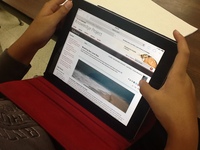
Our first Inquiry project of the year is called the Geographic Inquiry and it asks students to brainstorm a question based on their personal interest that can also be studied geographically. So what can be studied geographically? Students' definitions of geography began to expand as they viewed maps that had been produced on various topics from music to sports to architectural styles and almost any other topic imaginable. With the understanding that almost anything can be studied geographically, students began the research process with their own topics and questions.
Examples of student research questions:
Why was Stonehenge created?
Why are Dolphins so smart? How do we know?
How did pop music originate?
Why does Vermont produce so much maple syrup?
How do Greek and Roman Mythology relate to each other?
How did the Aztec empire fall?
Examples of student research questions:
Why was Stonehenge created?
Why are Dolphins so smart? How do we know?
How did pop music originate?
Why does Vermont produce so much maple syrup?
How do Greek and Roman Mythology relate to each other?
How did the Aztec empire fall?

Students collected notes, data, and other geographic information for analysis. They were then able to identify patterns and use evidence to explain and support an answer for their original question.
The final products were a short piece of writing explaining their research outcomes as well as an infographic or visual representation of their findings. These products require students to synthesize the information they collected in order to create powerful and high quality aids to share learning. Info-graphics were created using a number of iPad apps in combination to create charts and graphs, edit custom maps, and organize other visual elements and text on an electronic canvas. The resulting work was eye catching and informative and were much more informative than a written response alone. These infographics were key to the sharing of research with peers through an academic discussion activity.
The final products were a short piece of writing explaining their research outcomes as well as an infographic or visual representation of their findings. These products require students to synthesize the information they collected in order to create powerful and high quality aids to share learning. Info-graphics were created using a number of iPad apps in combination to create charts and graphs, edit custom maps, and organize other visual elements and text on an electronic canvas. The resulting work was eye catching and informative and were much more informative than a written response alone. These infographics were key to the sharing of research with peers through an academic discussion activity.
The Geographic Inquiry is an example of how short research projects in content areas can address and strengthens kills identified in the Common Core State Standards (CCSS) including gathering and using evidence and data, close reading, writing to inform, vocabulary, and representing ideas in multiple ways. Inquiry and short research projects are also a powerful tool to personalize learning.
Throughout the process, students gained an understanding that geography is much more than labeling states or countries on a map, it is about spatial relationships on the globe, finding and analyzing patterns, and exploring the diversity of our world.
Throughout the process, students gained an understanding that geography is much more than labeling states or countries on a map, it is about spatial relationships on the globe, finding and analyzing patterns, and exploring the diversity of our world.
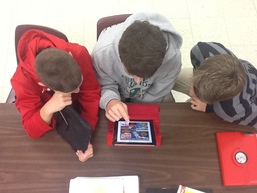
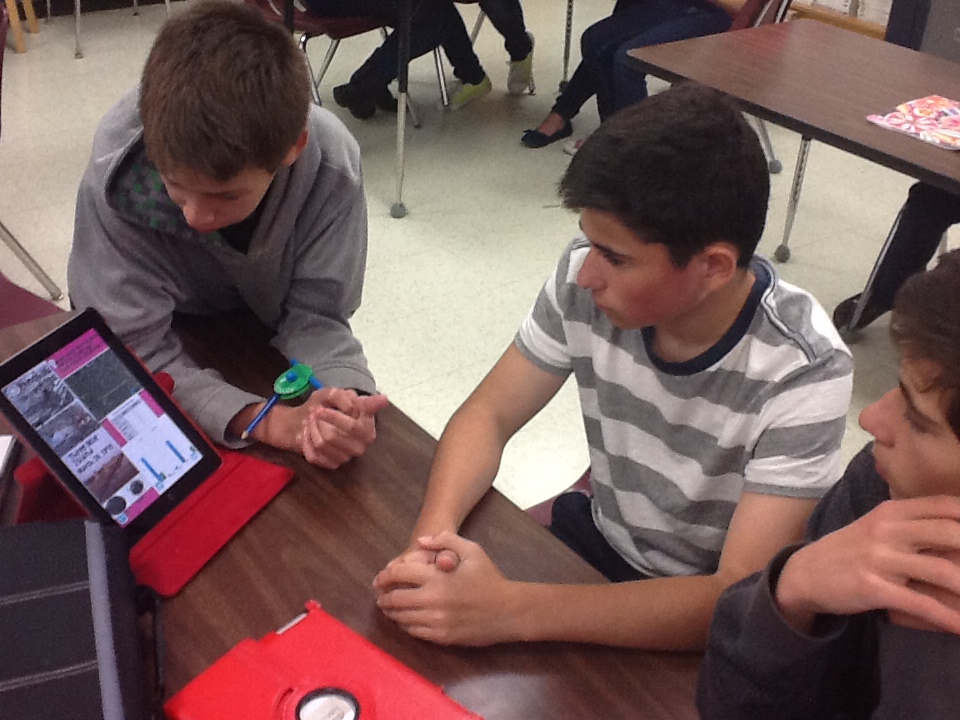
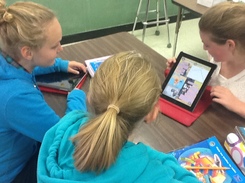
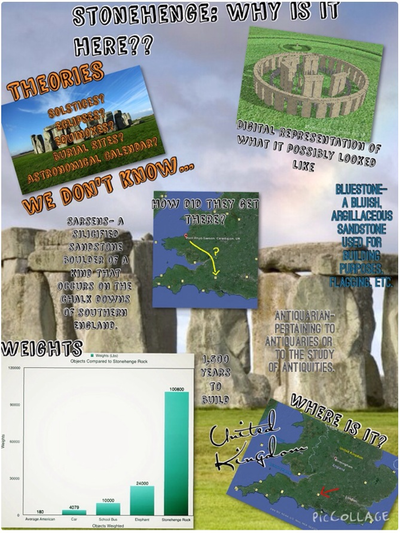
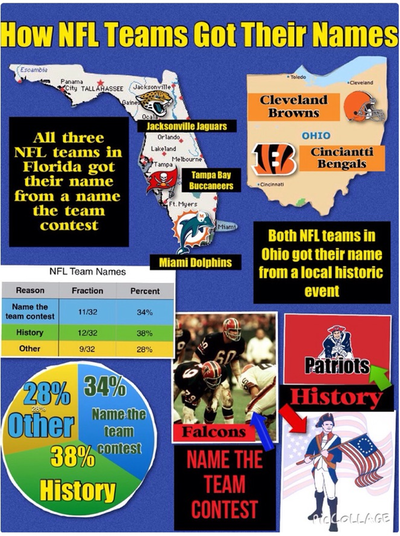
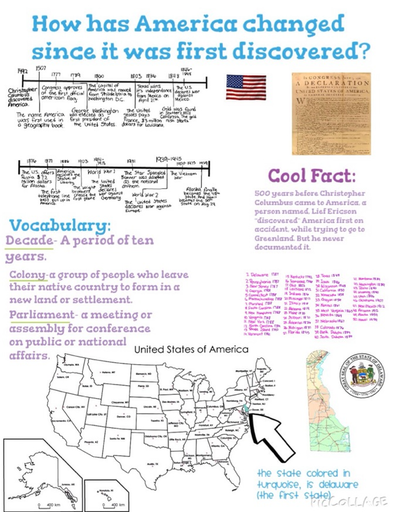
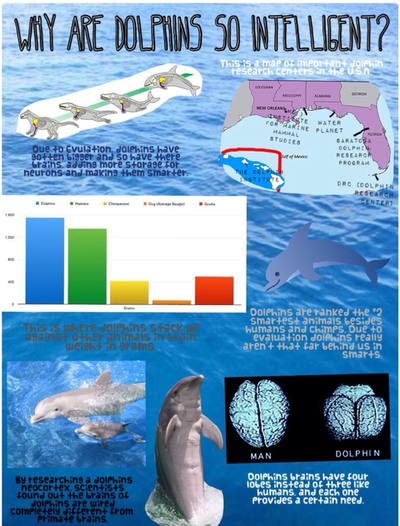
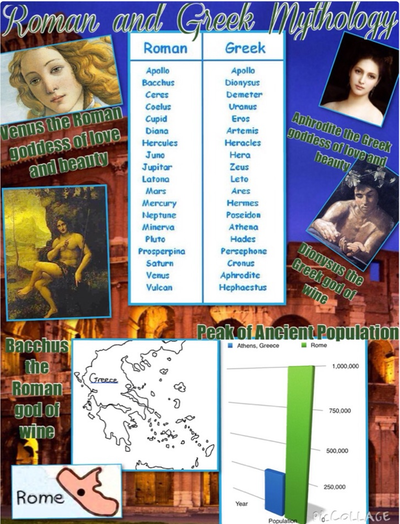
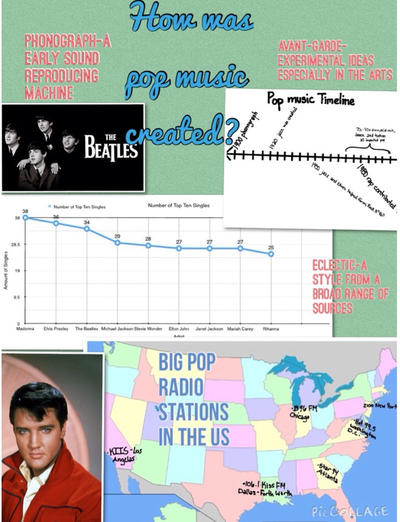
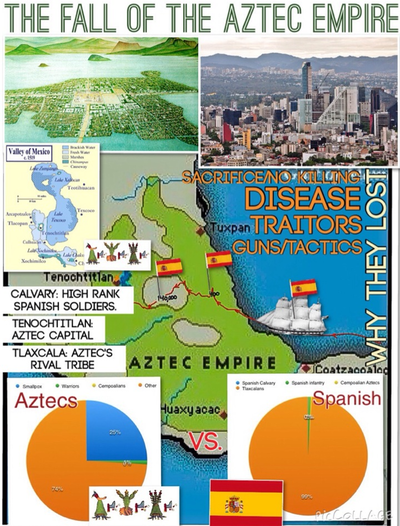
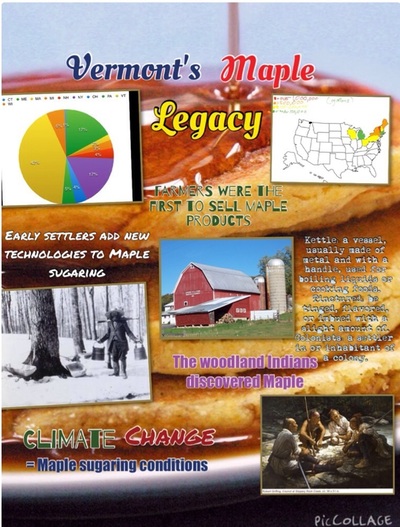
 RSS Feed
RSS Feed